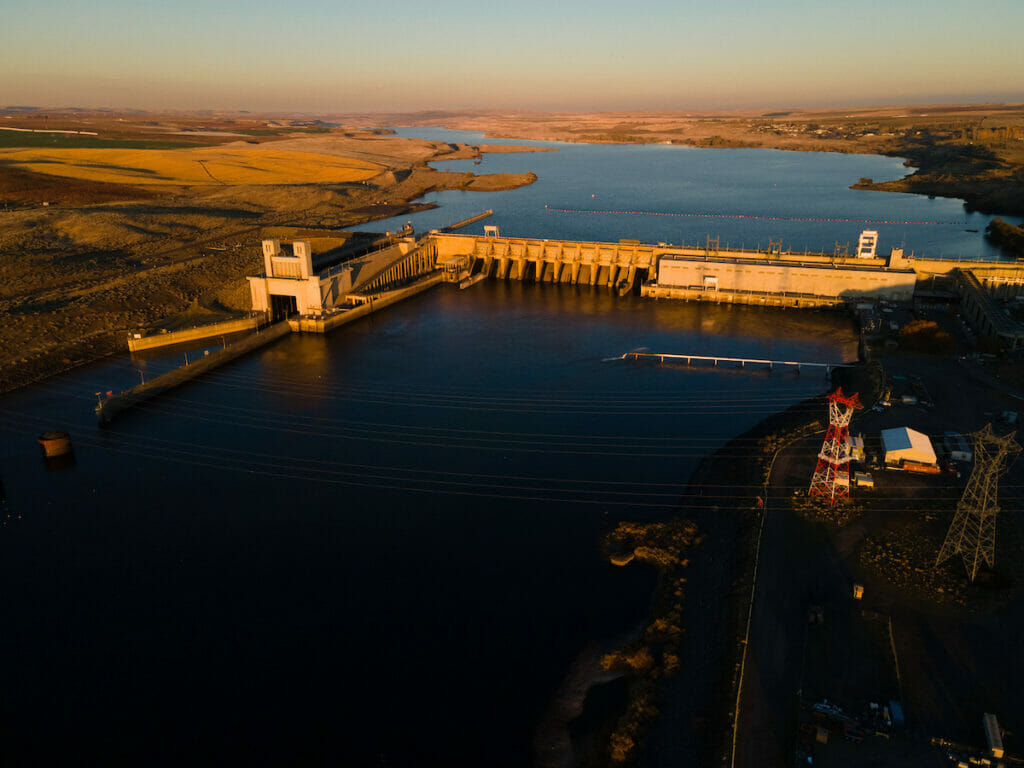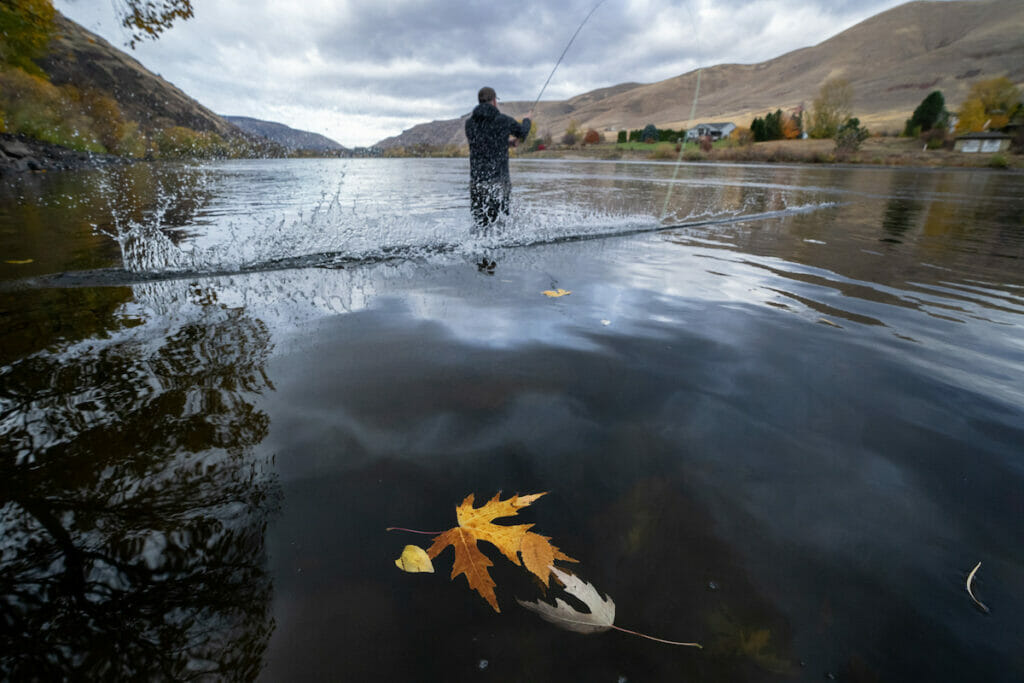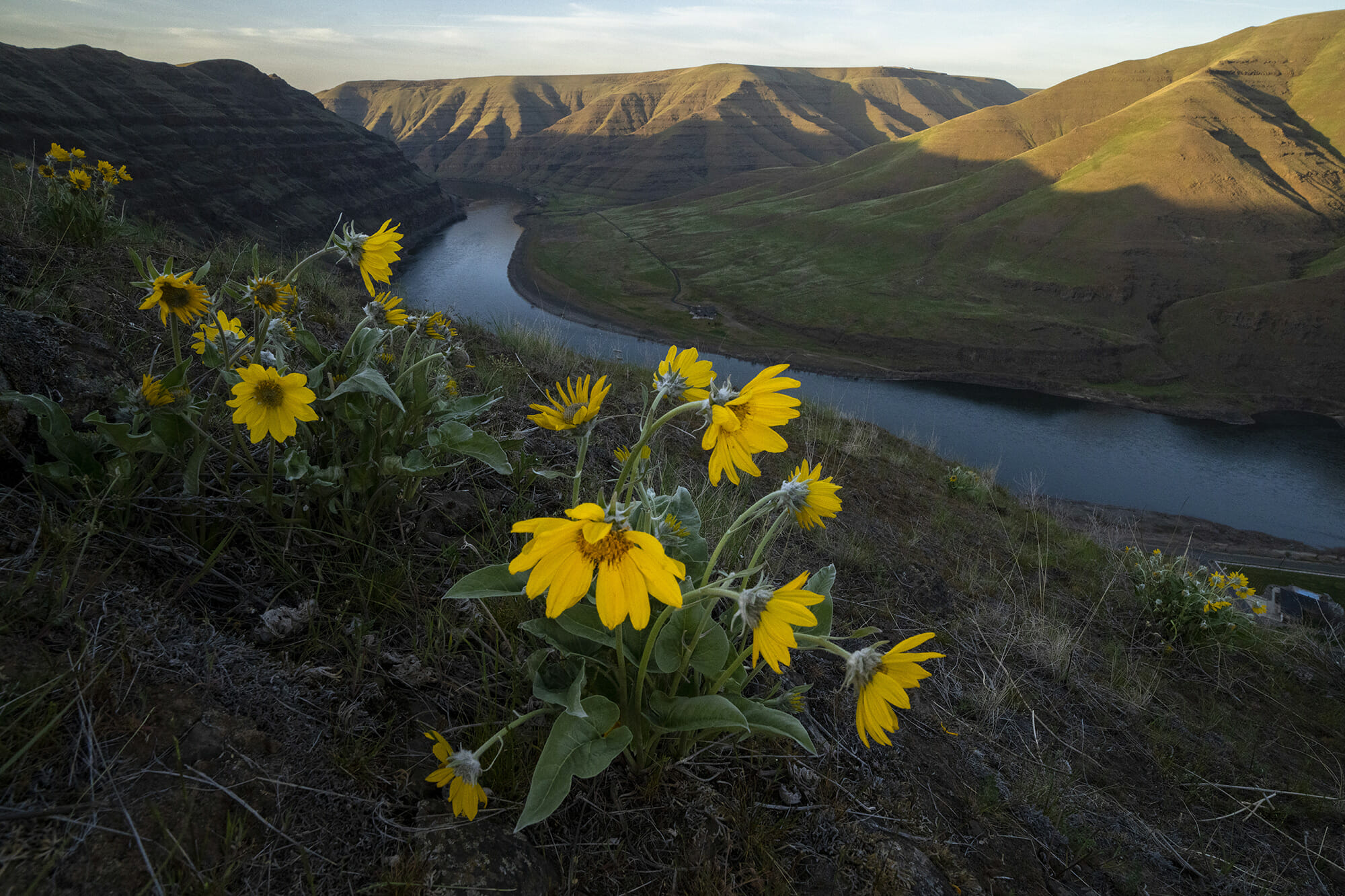For those of us born of water, sky, forest and meadow, for whom nature and the natural experience is not only a desired condition, but a necessary one, good writing about this world fuels our souls.
The best authors are well-known, Rachel Carson, Edward Abbey, Wallace Stegner, Aldo Leopold, Wendell Berry and, of course, Henry David Thoreau. But for every Barbara Kingsolver, there are one hundred Ellen Meloys. Meloy was the author of the preeminent work of literature on desert wild sheep, Eating Stone, but she died young, and her work has been relatively unnoticed, proof that the line between top quality writing and best-selling writing is determined perhaps only by the quality of a publisher’s marketing and publicity department, or the viral character of “word-of-mouth,” electronic and otherwise.
Among the little-known has been the work of one of the better nature writers of the last century, an obscure Texan seldom known outside Lone Star country, who wrote what must be considered one of the best tributes ever penned about the power of a river, a river’s history and a river’s people. In 1957, John Graves, was a one-eyed Marine Corps veteran of the fight for Saipan, “D-Day of the Pacific,” when he put a canoe onto the famous Brazos River and cast off for a three-week solo adventure with only “The Passenger,” a dachshund pup, to keep him company. The river trip was a farewell to the river of Graves’ childhood, for much of it was poised to be dammed, perhaps an escape for a man still recovering from losing an eye to a Japanese grenade in a jungle war, and a fishing and hunting expedition on one of the great rivers of the Southwest.
Two years later, Graves published Goodbye to a River, a moving, lyrical tribute to the river, a book steeped in a river’s human history, a river’s moods and the inner musings of a human alone in quiet country. The book was nominated for a National Book Award and is laced with keen observations about The People, the Comanche Indians who roamed and raided along the banks of the Brazos, the rich bird- and wildlife of the river, the homesteads and homesteaders of another era. Like most of his generation, Graves writes little of his war just over a decade passed, nothing of losing an eye for his country. But there is an implied healing here, an occasional observation that makes one realize Graves had, at 37, seen more than most of us would care to see . . . passages such as those that compare the deep red autumnal colors to arterial blood, for instance.
Nor is the book a lament about a river soon to be lost. Instead, there is some acceptance of the need for dams in an arid land and an understanding of the way the world is: “To note that our present world is a strange one is tepid, and it is becoming a little untrue, for strangeness and change are so familiar to us now that they are getting to be normal . . . But if you are built like me, neither the certainty of change, nor the need for it, nor any wry philosophy will keep you from feeling a certain enraged awe when you hear that a river that you’ve known always, and that all men of that place have known always back into the red dawn of men, will shortly not exist.”
In the end, only one dam was built on the Brazos on the section of river that Graves floated, forming Lake Granbury, while a smattering of other dams proposed were never built. Graves’ book—rhapsodic, historical, tribute to native and rural cultures—has been partially credited for keeping those proposed dams shelved.

Far to the north from the serpentine Brazos River lies the twisting Snake River, a river as synonymous with Idaho as the Brazos is with Texas. Perhaps more so. The Snake River was dammed, its dams planned and penciled on similar draft tables as the dams of the Brazos, by engineers of the same era. Four dams went in and up, 90,000 acres of raw desert and fertile bottomland went under, along with 140 miles of water thrashing over some 60 rapids en route to the Pacific. Four dams, all in Washington, four dams guaranteeing the extinction of one of the world’s greatest migrations of anadromous fish.

Americans have always been a forward-looking people. Today those people, principal among them the Nez Perce Nation and many confederated tribes alongside, want their river back, to see the rapids emerge from decades of slack water, to see current taking salmon and steelhead up and down the liquid highway that is the lower Snake River. This is a chance to build. Not a dam or a skyscraper, a highway or a subdivision, but to build a river. Plant willows, restore old channels, connect truncated runs of life-giving fish. Perhaps someday, maybe even soon, a person who needs to feel the healing hands of Mother Nature will push off in a boat in Lewiston, Idaho, with camping gear, fishing rods, a shotgun and a good dog to experience the recharge that is river current going where the Creator intended. One hundred and forty miles of free-flowing, rebuilt river will lie ahead of the bow, adventure riding in the passenger seat. Maybe this person will write a book, a musical book about songbirds in cottonwood galleries, native people connected to a life-giving river as were Graves’s Comanche, chukar partridge cackling from riverside crag, thick-muscled steelhead in clear current resting just below a rapid, a driftwood campfire crackling on white sand.
It’s time to build a brighter future for salmon and steelhead—before it’s too late.
Tell Congress to remove the lower four Snake River dams.
Thomas Reed works for TROUT magazine and is the author of several books, most recently, Mouthful of Feathers, Upland in America, which he helped edit. He and his family live on a small horse ranch outside Pony, Mont.



